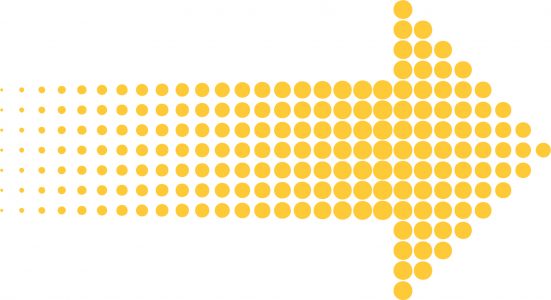For a good majority of the semester, our group focused on painting with a wide brush when it came to figuring out our operations. By keeping at a high altitude, we were able to consistently hit the major, more obvious details of The Party Brigade, but after our mock presentation last week it became clear that we had skipped over some of the finer details of our messaging and operations. This resulted in some confusion over some of our programming and whether or not we had truly kept art at the center of our venture. Thus, our group spent the last week diving into these finer points, attempting to pivot our messaging and flesh out our programming so that we are able to communicate as clearly as possible come time for our pitch.
What we discovered as we went over all of these details was that there was quite a bit we weren’t on the same page about. In some places, this lead to rather long discussions about which direction to take The Party Brigade, and luckily at least one member of the group at any given time always reminded us to bring our plans back to the arts. Looking back to our artful center was often the thing that led us to a decision. Despite the fact that we had times where we wanted to take the messaging or program in a different direction, we were always able to agree that if the decision didn’t keep art at the center, then it wasn’t the right one to make. What this resulted in was a final operational plan that I believe transform our initial party concept into an arts focused events company that uses the arts as a way to combat the negative aspects of campus living. While it may seem like a slight adjustment from the outside, it resulted in a quite a bit of overhaul on the small details in order to create a consistent message around keeping arts at the center.
I for one am quit excited to see what kind of feedback our group will receive after our pitch this Wednesday. I’m quite proud of the final product we were able to put together, and am excited to see where our group can take The Party Brigade in the future. We have most definitely created something that feasibly extends beyond the walls of our classroom, which means on some level we’ve reached our major goal for the semester. Now, let’s just hope our out-of-the-building research holds up as we talk to potential clients and investors this week and that The Party Brigade will then receive the launch it deserves.

